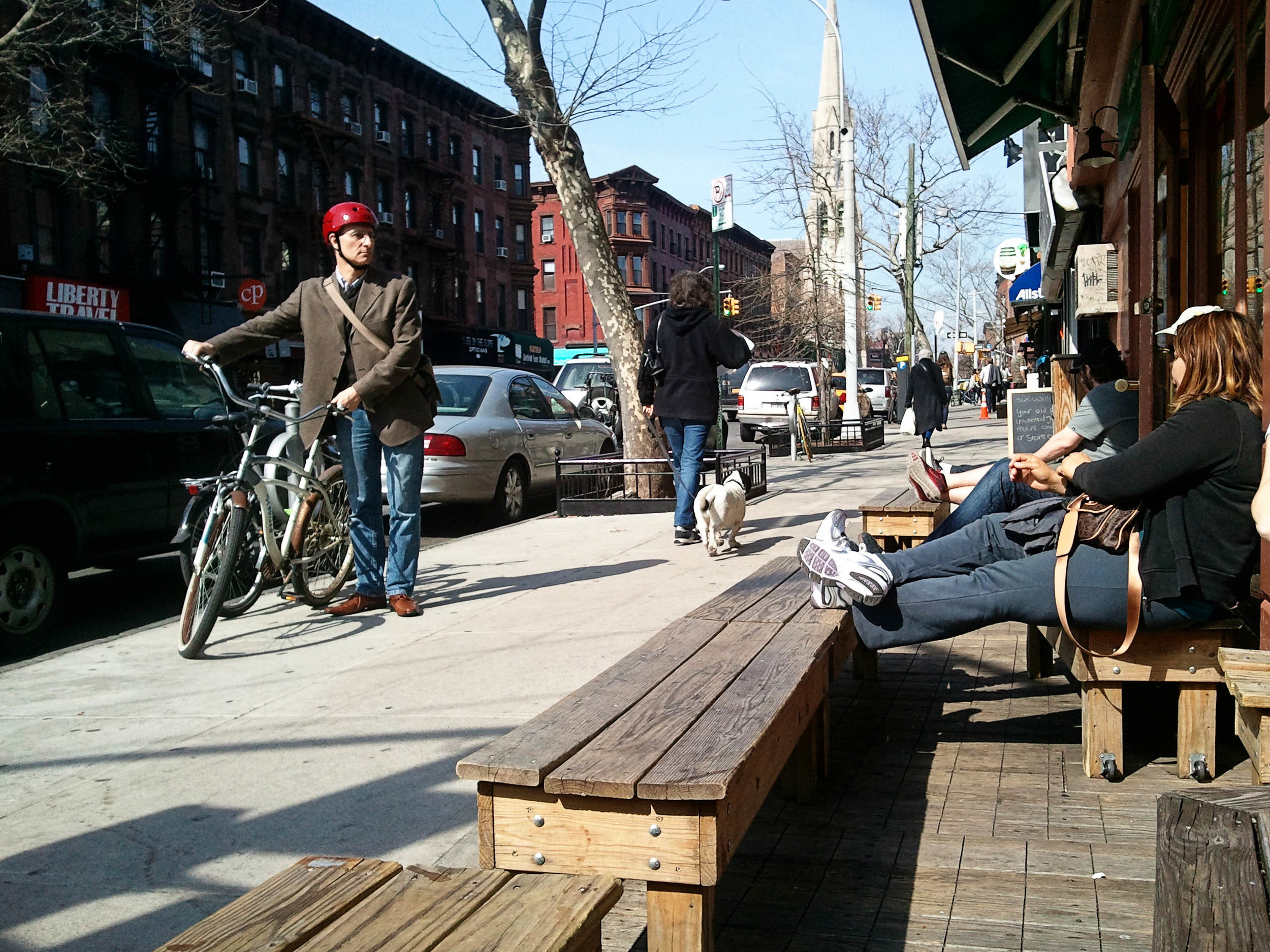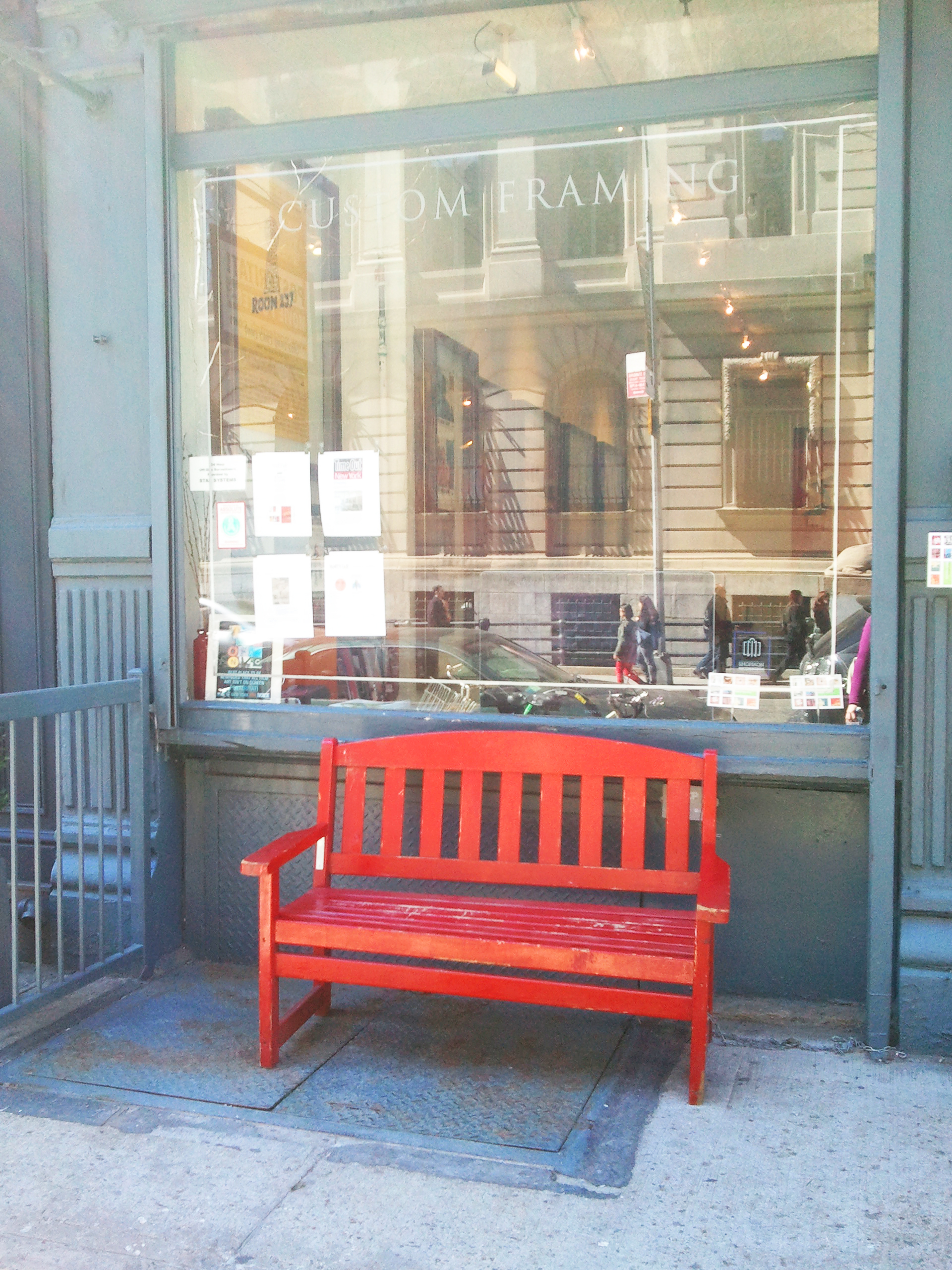Toronto likes to boast that it has more cranes that any other North American city. In fact, some politicians like to make the claim that Toronto has more cranes than New York, Chicago, Dallas, Atlanta and Miami combined. But what does this really mean and how does this explosion of development affect existing residents?
Increased noise, obstructed views and restricted streets are obvious impediments to development. However, there are other inconveniences that politicians, construction companies and developers overlook. Toronto artist, Sean Martindale is trying to draw attention to one of these issues.
Image Courtesy of Adam Krawesky
As a skeptic of advertising in the public realm, Martindale is frustrated and concerned with condominium advertisements that take up physical space on Toronto’s sidewalks. The A-frame “sandwich board” style ads that dominate sidewalk space make Toronto’s streets an obstacle course for pedestrians. In certain locations, Martindale has counted up to 40 signs in a single downtown intersection.
Image Courtesy of Adam Krawesky
Inspired by this frustration, Martindale has collaborated with Adam Kraweksy and Martin Reis to turn these urban obstacles into artwork. The artists kidnap sandwich board advertisements from downtown sidewalks and then modify them. The former advertisements of shiny, brand-new condominium buildings are replaced with images of every day street life or old shots of buildings that have been torn down to make way for more condos. The artwork intends to send a very different message than one of luxurious living.
Image Courtesy of Adam Krawesky
After revamping the sandwich boards, the artists relocate the advertisements in new locations across the city. Martindale, Krawesky and Reis have installed 36 modified sandwich boards around Toronto. A map with the boards’ locations can be found here.
While some may argue that the project does not alleviate congested pedestrian space, it effectively draws attention to an unanticipated problem of urban development and challenges people to reflect on the outcome of Toronto's condo boom.







